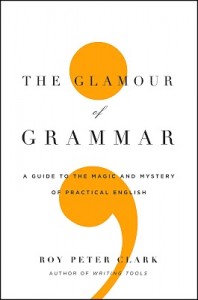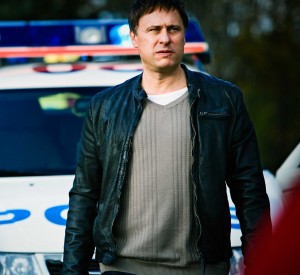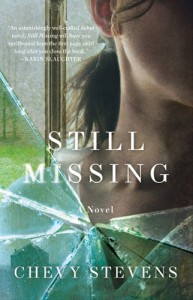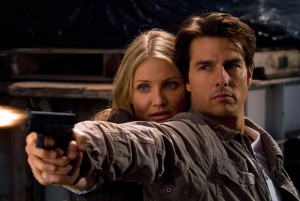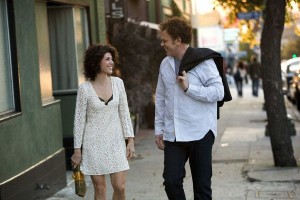We’ve had gorgeous weather here in SoCal so you’d think I’d be outside doing outdoorsy stuff, right? Wrong. OK, maybe I spent a couple days outside. Rest of the time, I’ve been a good little nerd, catching up on reading while sitting at my window seat, basking in some secondhand rays. Here’s a couple I finished:
Savages by Don Winslow
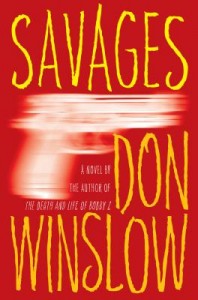 Ben, a “Baddhist” (bad Buddhist), and Chon, a vet of two tours in our current war, have gotten rich doing what they love: get high. Chon brought home premium seeds from “Stanland” (Afghanistan) which Ben cultivated into potent blends sold by happy dealers for whom the benevolent Ben even provides health care. Life is good until the Baja Cartel decides to muscle in on their business and kidnaps O, their mutual gal pal, to make sure the boys obey. Big mistake, because Ben and Chon, who suffers from PTLOSD (Post-Traumatic Lack of Stress Disorder), show they can be David to the Goliathan cartel, igniting an explosive series of events that leave more than a few people dead.
Ben, a “Baddhist” (bad Buddhist), and Chon, a vet of two tours in our current war, have gotten rich doing what they love: get high. Chon brought home premium seeds from “Stanland” (Afghanistan) which Ben cultivated into potent blends sold by happy dealers for whom the benevolent Ben even provides health care. Life is good until the Baja Cartel decides to muscle in on their business and kidnaps O, their mutual gal pal, to make sure the boys obey. Big mistake, because Ben and Chon, who suffers from PTLOSD (Post-Traumatic Lack of Stress Disorder), show they can be David to the Goliathan cartel, igniting an explosive series of events that leave more than a few people dead.
If you’re thinking “Drug dealers? No, thanks,” consider this: Winslow is expert at making you care for people you probably wouldn’t want to know in real life. A theme that pops up in many of his books is brotherhood, the unbreakable bond between friends. Ben, O (short for Ophelia), and Chon might do questionable things but what you do unto one, you do unto all. I like books that challenge my worldview and make me a little less judgmental, if only towards fictional characters and situations.
Winslow has a distinctive rhythmic style I find lean, mean, compelling. Here’s how he tells about a lesson Chon (Little Johnny) learned when he was three:
Big John lifted Little Johnny up to the living room fireplace mantel, held his arms out, and told him to jump. “I’ll catch you.”
Delighted, smiling, the little boy launched himself off the mantel, at which point Big John lowered his arms, did an ole, and Little Johnny crashed face-first on the floor. Dazed, hurt, bleeding from the mouth where a front tooth had gone into his lip, Chon learned the lesson his father had intended about trust:
Don’t.
Ever.
Anyone.
Did I mention the book is also funny? It’s dark humor, sure, but there’s levity among the violence. And the dialogue is so hip, you feel a little more gangsta after reading.
It’s no surprise Oliver Stone snapped up the movie rights since the action is cinematic and some of the scenes are actually written in script format. Stone had better not eff it up or I’ll get all Chonny on his ass.
Nerd verdict: Fierce Savages
(For more on Winslow, including coverage of a recent SoCal appearance, check out my friend le0pard13’s three-part article here.)
Buy Savages from Amazon | B&N| Powell’s| IndieBound
| B&N| Powell’s| IndieBound
Star Island by Carl Hiaasen
 Cherry Pye is a spoiled pop star whose penchant for partying and drugs forces her management team, which includes her mother, to hire a double to make the public think Cherry is out and about whenever she’s actually unconscious or getting her stomach pumped at a hospital. A tenacious paparazzo, Bang Abbott, accidentally kidnaps Ann the stand-in then tries to negotiate her release in exchange for getting an exclusive one-on-one photo session with Cherry. When Cherry’s mom doesn’t call the cops, fearing her stunt-double scheme would be exposed, Ann calls a homeless man named Skink to come rescue her. A recurring character in Hiaasen’s books, Skink is a former Florida governor now determined to keep greedy developers from ruining the “cherished wild places of his childhood.” He’d also previously held Ann hostage for a short time but long enough to become smitten with her. He sets off to rescue Ann in Miami, Cherry continues her destructive ways, the hapless Bang thinks he’s getting what he wants but in the end, everyone gets what they pretty much deserve.
Cherry Pye is a spoiled pop star whose penchant for partying and drugs forces her management team, which includes her mother, to hire a double to make the public think Cherry is out and about whenever she’s actually unconscious or getting her stomach pumped at a hospital. A tenacious paparazzo, Bang Abbott, accidentally kidnaps Ann the stand-in then tries to negotiate her release in exchange for getting an exclusive one-on-one photo session with Cherry. When Cherry’s mom doesn’t call the cops, fearing her stunt-double scheme would be exposed, Ann calls a homeless man named Skink to come rescue her. A recurring character in Hiaasen’s books, Skink is a former Florida governor now determined to keep greedy developers from ruining the “cherished wild places of his childhood.” He’d also previously held Ann hostage for a short time but long enough to become smitten with her. He sets off to rescue Ann in Miami, Cherry continues her destructive ways, the hapless Bang thinks he’s getting what he wants but in the end, everyone gets what they pretty much deserve.
From that synopsis alone, you can probably tell this is an over-the-top story with wacky characters. Besides the aforementioned ones, there’s a bodyguard named Chemo with a weed whacker for a hand, a manager with a taste for jailbait, and chain-smoking twin publicists who have had so much plastic surgery their faces don’t move. None of these people have ethics or any other redeeming qualities; this book could have also been called Savages. But unlike Winslow’s characters, there’s no one here to really root for. Ann is probably the most relatable but considering the cast of crazies, she’s in that position by default. She seems decent enough but too passive and ambivalent to be the hero.
Hiassen is a gifted writer capable of combining wicked satire and topical issues. His previous novels have often provoked thought while making me laugh out loud. This time the targets of his parody—fame whores, their grubby hangers-on, greedy lying bastards, unethical politicians—have become so ridiculous in real life, the author can’t outdo them in outrageousness. As I read about Cherry’s sordid adventures involving pills, booze and impulsive tattoos, it felt like reading a tabloid about all of Paris/Lindsay/Britney’s bad behavior. It’s not funny or even satire when it’s too close to reality. I found Cherry’s life and much of the book sad, which was probably not Hiaasen’s intention.
Nerd verdict: Star lacks power
Buy Star Island from Amazon | B&N| Powell’s| IndieBound
| B&N| Powell’s| IndieBound
What are you reading this weekend? Anything you recommend?
 Barrymore’s Erin and Justin Long’s Garrett meet over a videogame, which should clue you in on their general maturity level, in a New York bar. He, an A&R guy at a music label, lives in the city and she, an aspiring journalist, is finishing an internship at the fictional New York Sentinel newspaper. They hit it off instantly and agree to embark on a casual fling for Erin’s remaining six weeks in NYC. To no one’s surprise but theirs, they realize they want to continue their relationship even after she goes home to San Francisco. So they Skype, attempt phone sex, and inundate each other with cutesy texts to try to keep the passion burning. It eventually becomes clear the long distance arrangement isn’t enough and one of them needs to sacrifice everything and move to make the relationship work.
Barrymore’s Erin and Justin Long’s Garrett meet over a videogame, which should clue you in on their general maturity level, in a New York bar. He, an A&R guy at a music label, lives in the city and she, an aspiring journalist, is finishing an internship at the fictional New York Sentinel newspaper. They hit it off instantly and agree to embark on a casual fling for Erin’s remaining six weeks in NYC. To no one’s surprise but theirs, they realize they want to continue their relationship even after she goes home to San Francisco. So they Skype, attempt phone sex, and inundate each other with cutesy texts to try to keep the passion burning. It eventually becomes clear the long distance arrangement isn’t enough and one of them needs to sacrifice everything and move to make the relationship work.
